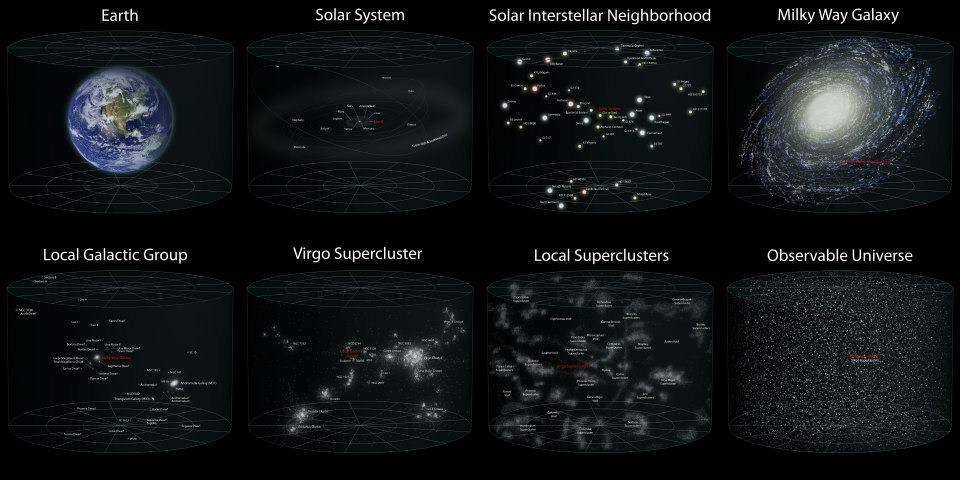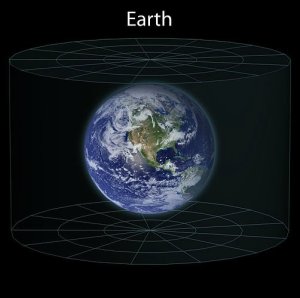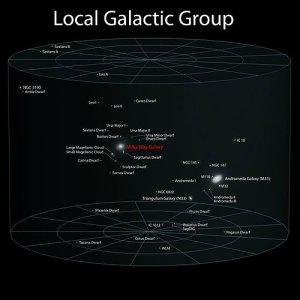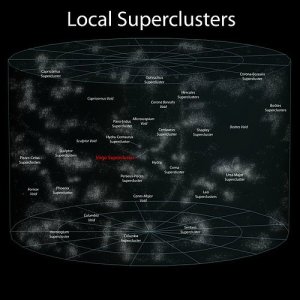
On a human scale, the Earth is a rather large object and it has been humanity’s home since the dawn of the species. But, how does the Earth stack up on a Celestial Scale?
The Earth

The third planet from the sun is the densest in the solar system.
It is the 5th largest planet, in the solar system, and has a radius of 6,378 km at the equator.
Light can circle our planet about seven and a half times in a single second.
The moon marks the end of Earth’s gravitational dominance. This satellite can be found orbiting at a distance of 385,000 km, which is about 60 times larger than Earth’s radius.
It takes light about 1.3 seconds to travel from Earth to the moon.
There are currently some 7 billion people on our planet. However, there have been some estimates 106 billion people over Earth’s history.
A solid iron ball that is 1,500 miles wide sits at the center of the planet.
The Solar System

All of the sudden, Earth starts looking small. The total mass of the solar system is about 333,345.997 Earth masses.
Meaning that Earth makes up about 0.0003% of the total mass of our solar system.
For comparison, Earth makes up about 0.2% of the total mass of the planets.
We orbit the sun at an average distance of 93 million miles, which is equal to 1 Astronomical Unit.
It takes light a little over 8 light-minutes to travel from the Sun to Earth (that means, if the sun vanished right now, you wouldn’t know it for another 8 minutes).
The farthest planet from the Sun, Neptune, orbits at an average distance of 30 AU.
Voyager is about 119 AU from Earth.
The dwarf planet Sedna, the farthest such (known) object from the Sun, orbits at an average of 526 AU.
The solar system has an estimated radius of about two light-years.
Our Local Neighborhood
Our closest star is Proxima Centauri at a distance of four light-years. About 53 star systems inhabit the Local Interstellar Cloud. Excluding our own solar system, there are six known planets in our neighborhood and another two suspected planets. Our local cloud is about 30 light-years across.
The Milky Way

Home to our solar system, we orbit the galactic center at an average distance of 28,000 light-years.
One orbital period (one galactic year) is equal to about 250 million years.
We have completed about 15 orbits since life started on Earth.
The Milky Way itself is about 100,000 light-years across and is home to about 400 billion stars.
The bulge at the center is roughly 12,000 light-years in diameter.
Based on data acquired from the Kepler Space Telescope, there could be as many as 40 billion Earth-sized planets orbiting in the habitable zones of sun-like stars and red dwarf stars within the Milky Way Galaxy (that’s a lot of planets that could have life as we know it).
The Milky Way has a halo of dark matter that makes up over 90% of its mass. Yes, 90%.
The Milky Way is thought to have some 300 billion stars. The largest known galaxy, IC 1101, has over 100 trillion stars.
The Local Group

The Local Group is our local galaxy cluster comprising of at least 47 galaxies including our own. The Andromeda galaxy is the largest member of the Local Group followed by the Milky Way. The Local Group is about 10 million light-years across.
The two closest galaxies to the Milky Way are called the Magellanic Clouds, which may be viewed as satellite galaxies to the Milky Way at a distance of a little less than 200,000 light years.
Two galaxies in the group were detected only recently by their infrared radiation
There may be other galaxies in the local group that are as yet undetected (imagine that, entire galaxies in our own neighborhood that are invisible to us).
Larger clusters of galaxies can contain hundreds of galaxies.
Galaxies within a cluster (like our own) are bound together by their mutual gravitational pulls. They each orbit around their common center of mass.
Because the density of galaxies is high within clusters, galaxy collisions occur. In fact, the Milky Way is going to Collide with the Andromeda galaxy.
The Supercluster

The Virgo Supercluster is 110 million light-years across, it contains about 100 galaxy clusters (clusters like our own Local Group).
The Virgo Super cluster contains about 2,000 individual galaxies.
The Pisces-Cetus Supercluster Complex is the next line in our address.
The complex is comprised of about 60 superclusters of galaxies.
There are tens of thousands of galaxies in the Supercluster complex.
Our data sets only have accurate readings for some 35,000 galaxies.
At about 1.37 billion light-years across, this Supercluster complex spans a tenth of the observable universe.
It one of the largest structures known in the universe.
The Observable Universe

The observable universe spans some 28 billion light-years (93 billion light-years in diameter, as it is still expanding).
It is home to about 10-billion superclusters (like the Virgo Supercluster).
It has an estimated 350-billion large galaxies (like the Milky way).
It houses about 30-billion-trillion stars; that is 30,000,000,000,000,000,000,000 stars!
Quick Mind-boggling Math…
- The Earth is about 3.5 million times larger than a human.
- The Solar System is about 36 billion times larger than Earth (3.6 X 10^10).
- The Local Group is 5 million times larger than the Solar System (1.4 X 10^17 times larger than Earth)
- The Virgo Supercluster is 11 times larger than the Local Group (1.5 X 10^18 times larger than Earth
- The Pisces-Cetus Supercluster Complex is 12 times larger than the Virgo Supercluster (1.9 X 10^21 times larger than Earth)
- And Finally, the Observable Universe is 10 times larger than the Pisces-Cetus Supercluster Complex (1.9 X 10^22 times larger than Earth)
“And that’s the way it is.”